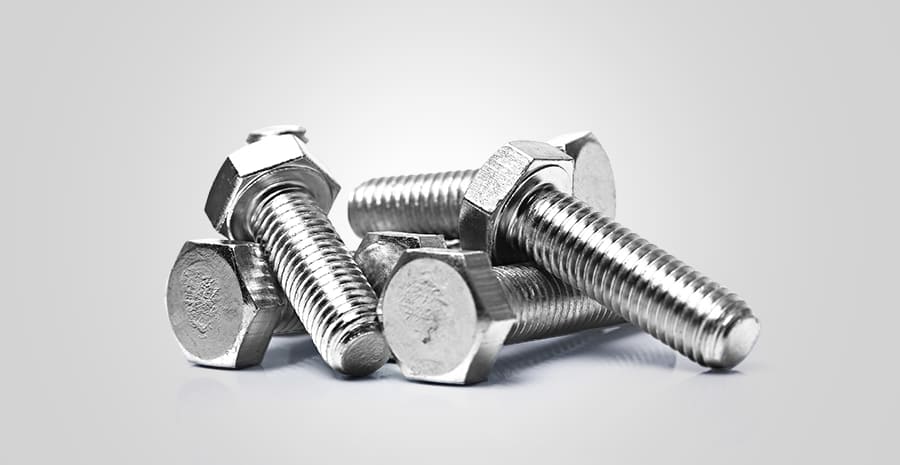Views: 0 Author: Rachel Wynn Publish Time: 2025-06-20 Origin: Site











In industries such as construction, automotive, food processing, and architecture, stainless steel is one of the most trusted materials due to its strength, corrosion resistance, and longevity. However, not all metallic objects that appear shiny or silver are made of stainless steel—many alloys and coated metals can look similar at first glance. This often leads to confusion, especially in procurement, fabrication, or recycling processes, where material verification is critical. Knowing exactly how to know if something is stainless steel can help professionals and consumers avoid costly errors, ensure compliance with material standards, and select the right metal for long-term performance. In this comprehensive guide, we explore multiple identification methods—from visual inspection and magnetic response to spark testing and chemical resistance analysis—so you can confidently determine whether a material is truly stainless steel or a similar-looking alternative.
Properly identifying stainless steel ensures the right selection of materials for engineering, fabrication, safety, and compliance with industry standards. It also prevents corrosion issues, reduces costs, and supports quality assurance in supply chains.
Stainless steel typically has a smooth, silvery-gray surface, often polished or brushed. It is less shiny than chrome and more corrosion-resistant than plain steel or aluminum.
Color & Finish: Silvery, smooth, and uniform without flaking or heavy tarnish.
Corrosion Resistance: No visible rust or oxidization even in humid environments.
Magnet Test: 304 and 316 grades are usually non-magnetic. 430 is magnetic.
| Grade | Magnetic | Typical Applications | Corrosion Resistance |
|---|---|---|---|
| 304 | No | Kitchen sinks, cookware, appliances | High |
| 316 | No | Marine, chemical processing | Very High |
| 430 | Yes | Indoor trim, automotive parts | Moderate |
Using a bench grinder or angle grinder, you can observe the spark pattern. Stainless steel will emit short, red to orange sparks, whereas carbon steel produces longer, brighter yellow sparks. Always use personal protective equipment.

Stainless steel resists corrosion from nitric acid. Apply a small drop on a clean surface; if no fume, reaction, or corrosion occurs, it is likely stainless. Perform this test only in a controlled lab environment with safety gear.
Many stainless steel products are marked with grade numbers such as 304, 316, or 18/10. These stamps are typically found on the back of cookware, piping, or industrial components.
Stainless steel is denser and heavier than aluminum or zinc alloys. If the object feels relatively heavy for its size and has a colder touch, it may indicate stainless steel composition.
For critical applications, stainless steel can be identified using portable XRF analyzers, spectrometers, or certified lab testing. These methods provide accurate composition breakdown, including chromium and nickel content.

Check the weight and surface texture. Stainless steel is heavier, colder to the touch, and generally has a brushed finish. You can also perform a light magnet test — aluminum is not magnetic, whereas some stainless grades may have partial magnetism.
Some types do. Austenitic grades like 304 and 316 are mostly non-magnetic. Ferritic and martensitic types such as 430 are magnetic. The magnet test can be a good starting point but not a definitive identification method.
Yes, under certain conditions. Low-grade stainless steel (like 430) can corrode if exposed to salt water or acidic environments. High-quality grades such as 316 are highly resistant to rust, even in marine conditions.
The most reliable method is to use an XRF analyzer or consult a certified material testing lab. For basic verification, combining visual, magnet, and spark tests is usually sufficient for general applications.
Accurately identifying stainless steel is essential for ensuring quality, safety, and long-term performance. Whether you’re a fabricator, engineer, or buyer, these practical and scientific methods will help confirm the material you are working with is truly stainless steel.






